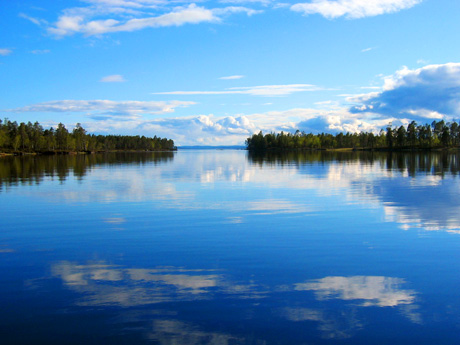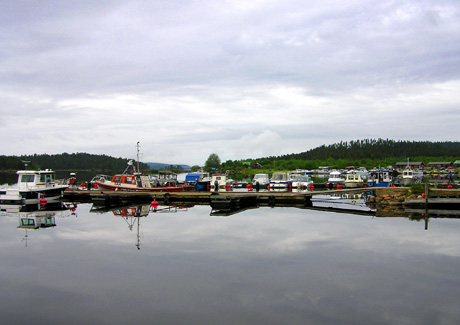State of the Environment
State of Lake Inarijärvi
 The large and oligotrophic Lake Inarijärvi is situated upstream and upwind from the pollution sources.
The large and oligotrophic Lake Inarijärvi is situated upstream and upwind from the pollution sources.
Sediment |
In the studies on water, sediment means the layered earth that has drifted and fallen out to the bottom of a water body.
Sediments are usually formed on the bottoms of seas, lakes and rivers. By analysing sediment layers, information may be obtained on the loading on the waterways and its fluctuations in the long-term. For instance, sediment studies are used to identify changes in the state of waterways, as well as climate trends during different periods.
Images: Pekka Räinä, Lapin ELY
